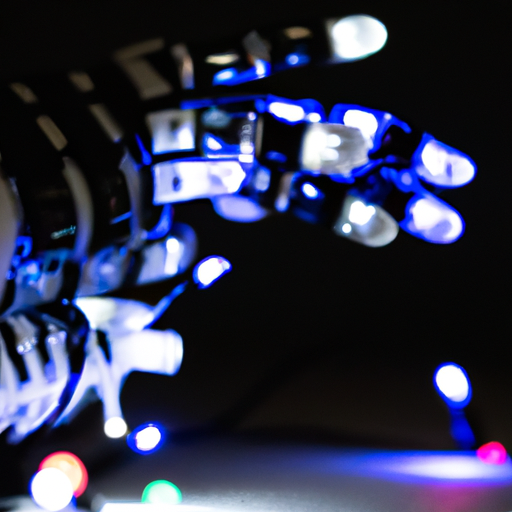
Big Whoop, Another Creepy Robot Hand to Haunt Your Dreams
Robot Hand Gets An Overhyped Upgrade
Researchers, bless their nerdy hearts, recently paraded out an upgraded robot hand that’s both highly dexterous and boasts an improved sense of touch using motor learning algorithms. Of course, they just had to mention it works without any external cameras, making it immune to pesky problems like lighting or occlusions. As if humans needed another reason to feel inferior. And to top it all off, this robot hand can work in DIFFICULT LIGHTING CONDITIONS. Groundbreaking, wow. Mind you, this is the same robot hand that could barely flip a pancake last week, but don’t let that ruin the illusion of excitement.
Just What Could Happen With This ‘Groundbreaking’ Technology?
Heaven forbid we let a robot hand operate using cameras, so now we have a creepy robot hand operating in blaring sunlight, dim twilight, or the darkest corners of shadow. Meanwhile, actual humans using their measly vision-based algorithms cannot compete. Did I mention it can operate IN THE DARK? I mean, of course we need dexterous robot hands to manipulate objects with top-notch precision while the rest of us rub our weary eyes in frustration. Potential implications for industries relying on human hands: Get ready to be replaced, or to be haunted by this robotic appendage in your nightmares. Or both.
What’s The Big Fuss About?
In conclusion, congratulations to the researchers who spent way too much time in a lab to improve a cold, mechanical hand’s dexterity without using outdated and inefficient things like vision. Perhaps this will lead to a world where these disembodied hands take over our jobs, allowing us susceptible humans to sit on our butts and sulk in the dark. So, let’s all give a big sarcastic round of applause to the team behind it, before our robot overlords become even more offended by our primitive, meat-sticks we call hands.
Original article:https://www.sciencedaily.com/releases/2023/04/230427173558.htm